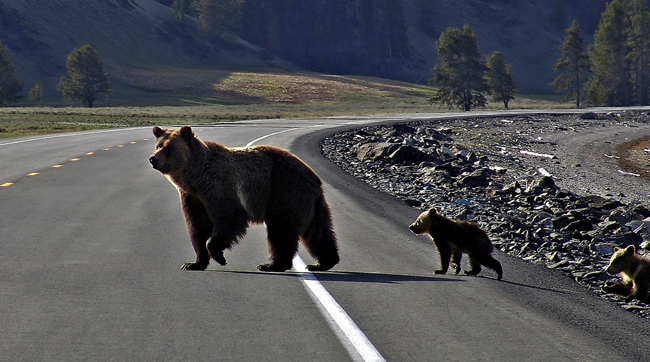Animals need to move. By doing so they shape and maintain the landscapes in which they live by transporting seeds, pollinating plants, and controlling pests. They also help shape the cultural identities of the people who live in these landscapes.
We use science such as spatial models and maps to help planners throughout the U.S. identify how and where animals move across the landscape, and how people help or hinder that movement. We apply this knowledge to support on-the-ground action, from helping wildlife safely cross roads to identifying and protecting vital ecological linkages.
In addition to this technical guidance, the Center provides policy advice and expertise. We work with national, state, and local decisionmakers and stakeholders to collaboratively develop, advance, and implement policies that protect wildlife movement, improve habitat connectivity, and support conservation at the landscape scale.




